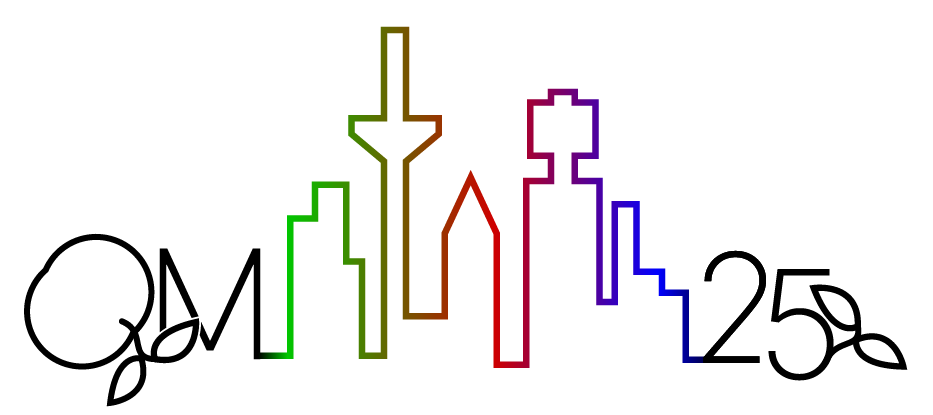Speaker
Description
We investigate the validity of the $\Lambda$ single-particle potential ($\Lambda$ potential) in dense matter that is based on chiral effective field theory (chiral EFT) that is sufficiently repulsive to solve the hyperon puzzle of neutron stars. We discuss that the model calculations with the $\Lambda$ potential are consistent with the $\Lambda$ hypernuclear spectroscopy [1] and the $\Lambda$ directed flow $v_1$ [2].
A unified approach integrating heavy-ion collisions, other nuclear experiments, and neutron stars with the modern nuclear force from chiral EFT has provided valuable insights into the properties of the equation of state (EOS) of dense matter (e.g. Ref. [3]). This approach contributes to a more comprehensive understanding of both nuclear experiments and astrophysical observations. For a microscopic description of dense matter, such an approach must be performed also for the hyperon sector. A precise understanding of the hyperon potentials in nuclear matter is essential for addressing the long-standing hyperon puzzle of neutron star physics.
In this talk, we consider the $\Lambda$ directed flow $v_1$ [2] at RHIC-BES energies to verify the $\Lambda$ potential based on chiral EFT [4]. This potential is sufficiently repulsive at high densities to solve the hyperon puzzle and has proven by us to be consistent with the $\Lambda$ hypernuclear spectroscopy [1]. We employ a relativistic quantum molecular dynamics (RQMD) implemented into the Monte-Carlo event generator JAM2. We show that the model with the $\Lambda$ potential from chiral EFT can reproduce the experimental data [2], while a more attractive $\Lambda$ potential also reproduces the data. Thus, additional constraints on the Λ potential are demanded.
We will also report the analysis of $v_1$ for $\Lambda$ with various updates including the covariant collision term [5] and the hyperon-nucleon scattering cross section from up-to-date chiral EFT forces [6]. A consistent treatment of the $\Lambda$ and $\Sigma$ potentials based on chiral EFT will also be discussed.
[1] A. Jinno, K. Murase, Y. Nara, and A. Ohnishi, Phys. Rev. C 108 (2023) 065803.
[2] Y. Nara, A. Jinno, K. Murase, and A. Ohnishi, Phys. Rev. C 106 (2022) 044902.
[3] S. Huth, et al., Nature 606 (2022) 276.
[4] D. Gerstung, N. Kaiser, and W. Weise, Eur. Phys.J. A 56 (2020) 175.
[5] Y. Nara, A. Jinno, K. Murase, and A. Ohnishi, Phys. Rev. C 108 (2023) 024910.
[6] J. Haidenbauer, U.-G. Meißner, A. Nogga, and H. Le, Eur. Phys. J. A 59 (2023) 63.
| Category | Theory |
|---|
